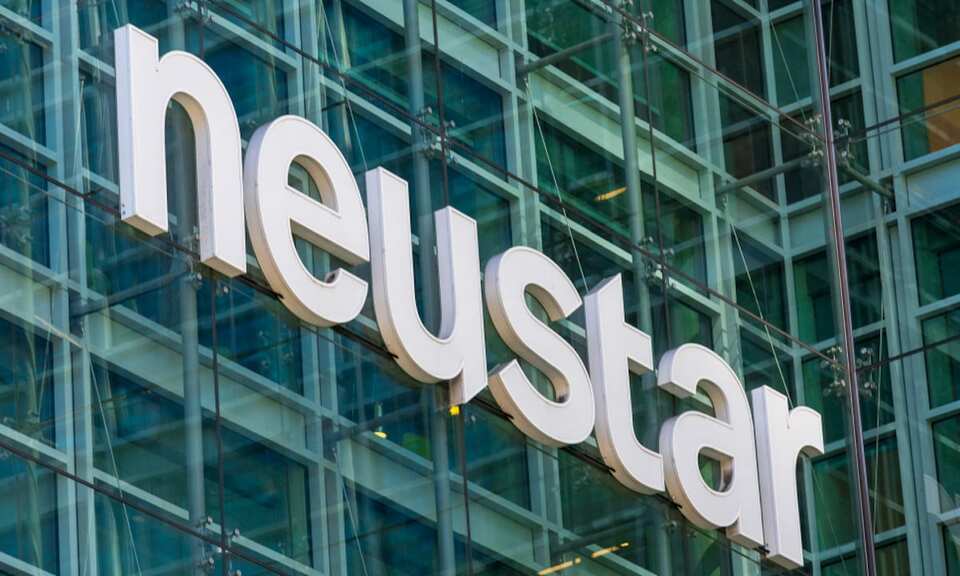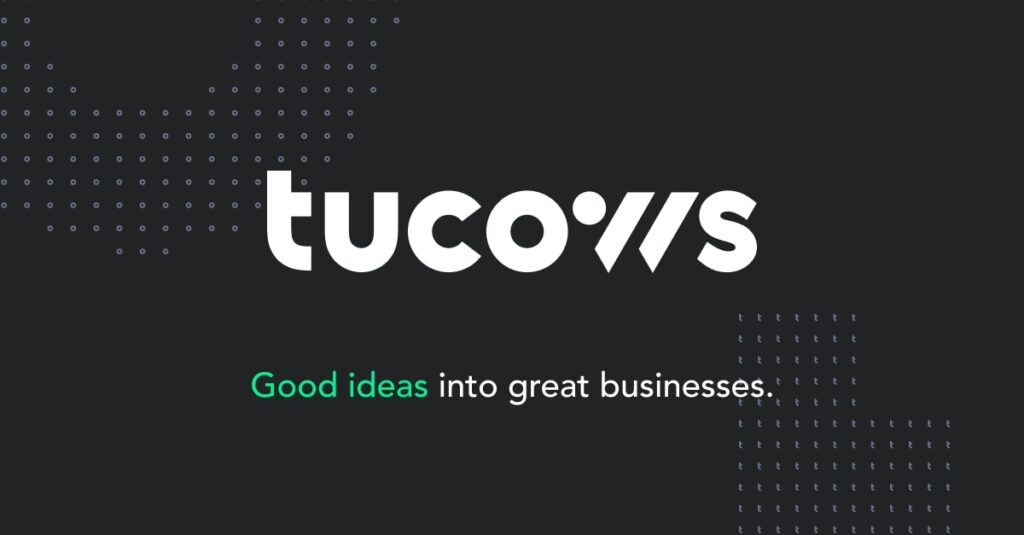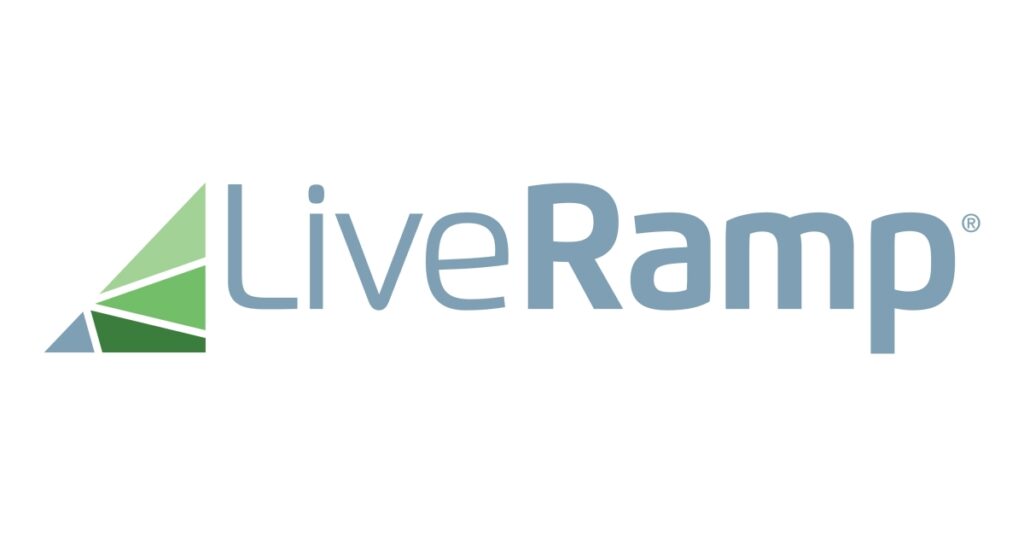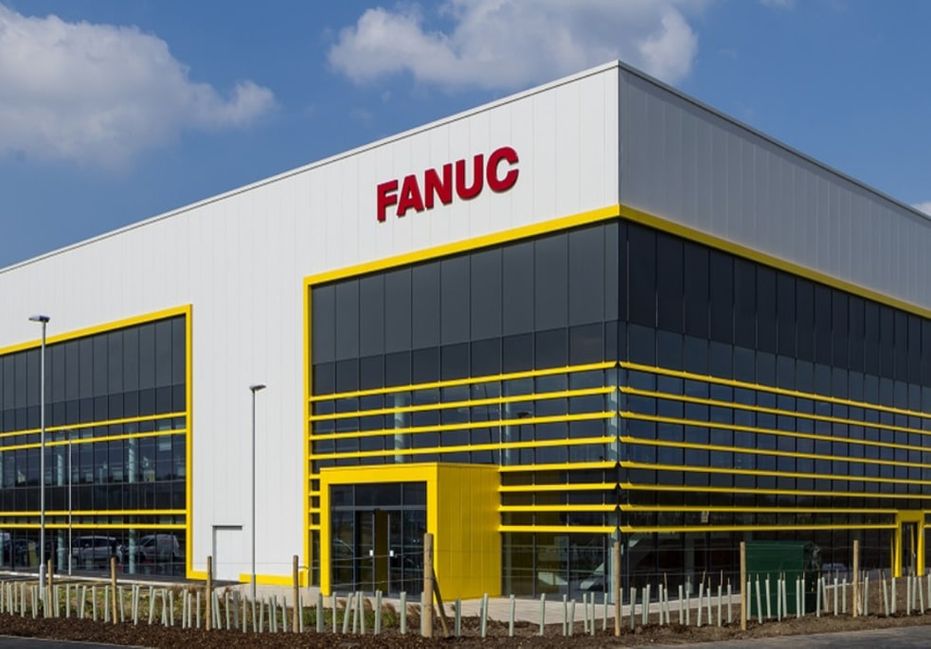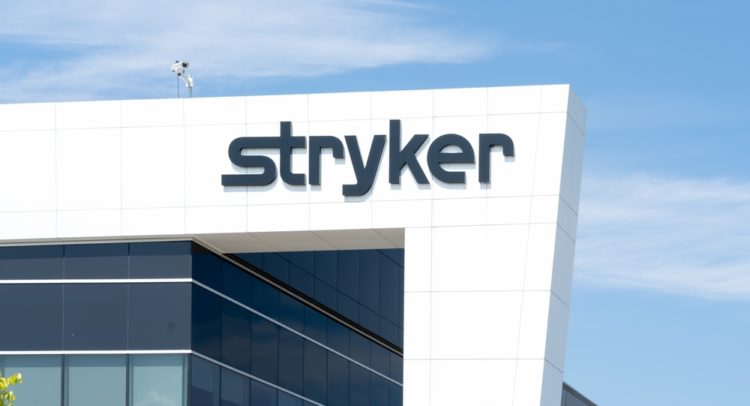Zendesk, Founded By Three Friends that Revolution Customer Support Experience.
Zendesk ignited a revolution in the customer experience arena. The company Zendesk facilitates billions of interactions, bringing together more than 100,000 businesses and millions of customers via phone, chatting, mail, texting, social media, communities, review websites, and help desks. Zendesk improves customer support by creating software to fulfill customers’ requirements, empower teams, and maintain company synchronization.
About The Company
Zendesk is an American company offering software-as-a-service items for customer communications, sales, and customer support. The company has its main office in San Francisco, CA. In 2007, the business was established in Copenhagen, Denmark. Before the public offering in 2014, It raised around $86 million in funding from venture capitalists.

History
Morten Primdahl, Alexander Aghassipour, and Mikkel Svane, three friends, founded Zendesk in Copenhagen, Denmark in 2007. The co-founders of Zendesk initially contributed to the company funding while working as consultants. In 2007, the SaaS product had roughly 1,000 trial users within a few months of its release. At first, the software’s popularity grew gradually through word-of-mouth referrals primarily among several other startups. Due to a greater interest in handling complaints from customers on social networks and when Twitter began utilizing, its popularity skyrocketed in 2008. Venture capitalists were only ready to fund Zendesk if the firm relocated to the USA where the majority of their clients were located. Zendesk relocated to Boston, Massachusetts, in 2009. They relocated again around six months later, to San Francisco, CA. As Zendesk expanded globally, offices were opened in Australia, Ireland, Denmark, and Singapore. In 2012, It launched its first app store for third-party Zendesk software. Zendesk filed for an IPO in 2014 and had a $1.7 billion valuation. The software from Zendesk was first designed to help small firms, but over time it evolved to help bigger businesses. Additionally, It changed its emphasis from responding to inbound customer inquiries to proactive customer communication based on online comments. Zendesk relaunched in 2016 with a new logo that emphasized proactive customer communication. In 2016, it launched features that convert online testimonials and comments into customer support tickets, and in 2017, it bought Outbound.io, a service that aids companies in responding to online complaints. In 2018, It generated $500 million in revenue annually. In 2019 Zendesk acquired Smooch, a Montreal-based company that provided live customer assistance messaging. In 2020, the company announced additional customer support tools for web-based media. In 2022, it was revealed that a group of private equity investors fronted by Permira and Hellman & Friedman will acquire it for $10.2 billion.
Business
Zendesk Support allows you to have an efficient and effective work process by bringing all of your client relationships together in one location. No matter how a client contacts you—via email, social media like Facebook, social messaging services like WhatsApp, Twitter, WeChat, Direct, etc.—the experience will be the same. Additionally, It offers a cloud-based chatbot that is designed to grow with a company or group’s demands. The product works well for both major companies and various fair-sized businesses. Zendesk Chat is already being used by many companies since it enables them to communicate with customers directly. Etsy, Dropbox, Kickstart, and League of Legends are just a few of Zendesk’s well-known clients.
Founder – Mikkel Svane, Alexander Aghassipour, Morten Primdahl
Mikkel Svane, Alexander Aghassipour, and Morten Primdahl created a software platform in 2006 in a spacious loft in Copenhagen to assist businesses in handling customer support demands. Companies needed a method to handle complaints quicker than they could be submitted online because social media platforms like Facebook were empowering the voices of irate users. Zendesk is a tenacious little startup founded to appease discontent.

I am a law graduate from NLU Lucknow. I have a flair for creative writing and hence in my free time work as a freelance content writer.
